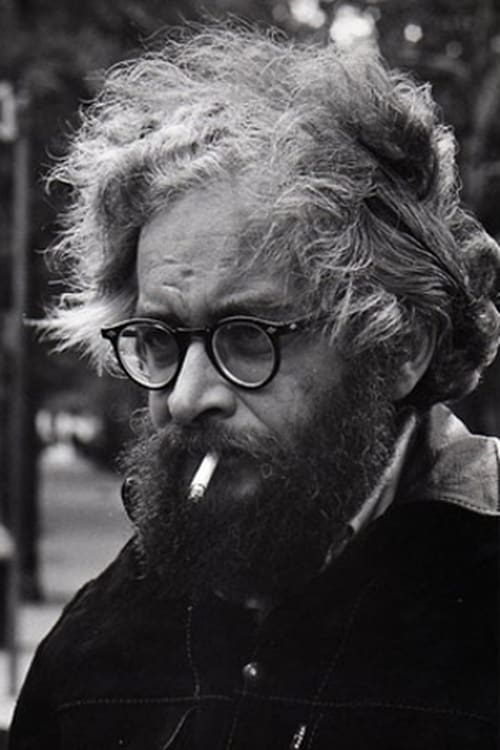No. 1: A Strange Dream (1939)
Gênero : Animação
Runtime : 3M
Director : Harry Smith
Sinopse
Hand-painted 35 mm stock photographed in 16 mm, color, silent, 2:20 or 5 min. Initially intended to be screened with and synchronized to Dizzy Gillespie's Manteca or Guarachi Guaro. "...the history of the geologic period reduced to orgasm length."

Hand-painted 35 mm stock photographed in 16 mm, color, 2:15 or 10 min. Initially intended to be screened with and synchronized to Dizzy Gillespie's Algo Bueno. This film "takes place either inside the sun or in... Switzerland" according to Smith. To produce this film he used a technique that involved cutting stickers of the type used to reinforce the holes in 3-ring binder paper. These were applied to 16 mm movie film and used like a stencil. Layers of vaseline and paint were used to color each frame in this manner. The effect is hypnotic, psychedelic and is something like a visual music.

16 mm, black & white and color, 2:16 or 6 min. Silent though possibly intended to be screened with Dizzy Gillespie's Manteca. The film starts with a color sequence showing Smith's painting Manteca (ca. 1950) with which he tried to subjectively depict Gillespie's song, every brushstroke representing a music note. The film concludes with black & white superimpositions.

16 mm, color, 3:35 or 10 min. Study for No. 11. "An exposition of Buddhism and the Kaballah in the form of a collage. The final scene shows Agaric mushrooms growing on the moon while the Hero and Heroine row by on a cerebrum."

16 mm, color, silent, 5:25 or 15 min. "Optically printed Pythagoreanism in four movements supported on squares, circles, grillwork, and triangles with an interlude concerning an experiment."

Footage of a bullfight, shot by Hill in 1934, hand-painted by the artist three decades later.

A short film by Stan Brakhage.

Experimental short. 16 mm, color, silent, 2:30 or 6 min. Sequel to No. 4.

A political satire in which an animated man with a drum is waiting for his cue.

Hand-painted 35 mm stock photographed in 16 mm, color, 3:20 or 10 min. Reportedly cut down from about 30 min. Initially intended to be screened with and synchronized to Dizzy Gillespie's Guarachi Guaro or Manteca. "Batiked animation made of dead squares...".

Street scene: Arch de Triumph.

'Associations' sets language against itself by using the ambiguities inherent in the English language. Images from magazines and color supplements accompany a voice-over reading from the book 'Word Associations and Linguistic Theory' by academic linguistic Herbert H. Clark. Combining a wry sense of humor with word/visual games and puns, Smith explores the boundaries of cinematic montage by combining elements together and against each other in order to destroy and create multiple meanings at the same time.

Live-action footage of canaries and beachgoers overlaid with hand-painted effects.

1905 short film showing people walking down a Ljutomer street after mass.

Study in motion based on Muybridge’s photographs of man running.

This two-color (green-blue and red) film was produced as a demonstration reel at the Paragon Studios in Fort Lee, New Jersey, under the direction of Kodak scientist John Capstaff. It features leading actresses, including Mae Murray, Hope Hampton, and Mary Eaton, posing and miming for the camera to showcase the capability of the complex Kodachrome process to capture their translucent movie star complexions and colorful, high-fashion clothing. (loc.gov)

An animated short film created by the artist Jeff Scher.

Paris seen from a boat, in this Lumière short film.

Carriages and crowds cross a grassy area.

SONG 7: San Francisco (the Songs are a cycle of silent color 8mm films by the American experimental filmmaker Stan Brakhage produced from 1964 to 1969).


